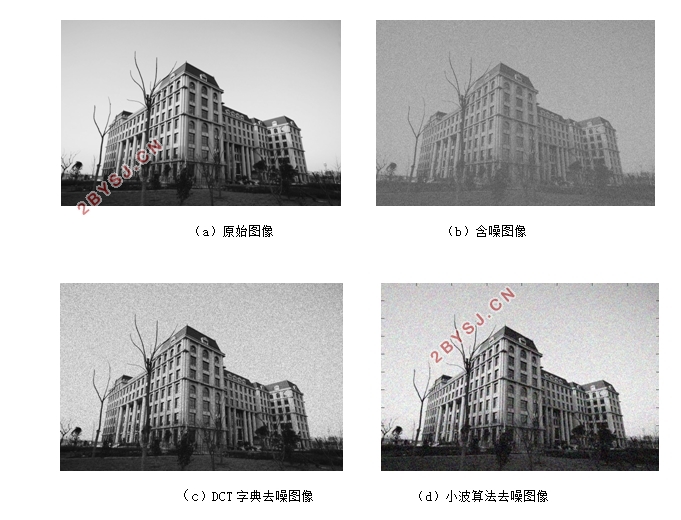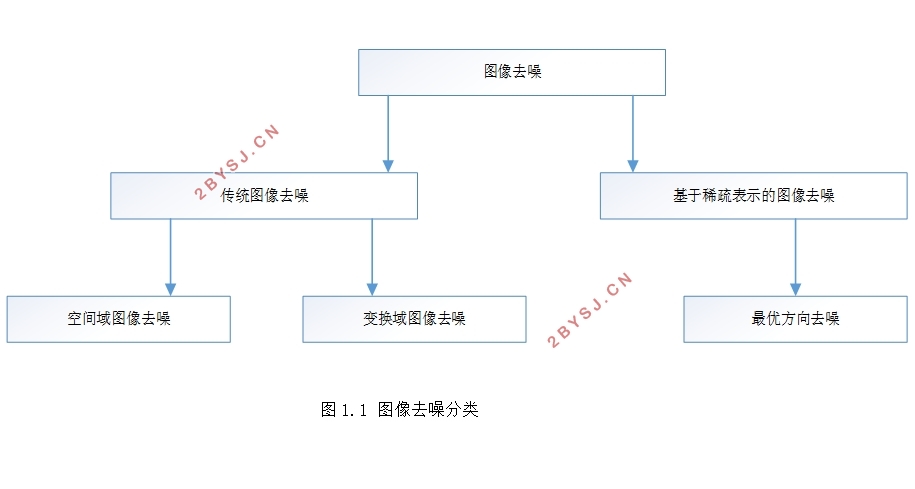基于K-SVD算法的图像去噪研究
无需注册登录,支付后按照提示操作即可获取该资料.
基于K-SVD算法的图像去噪研究(论文13000字,参考代码)
摘要:图像去噪是图像处理的基础之一,是图像复原的一个十分重要的环节,主要目的是为了得到更高质量的图像,呈现更好的效果。最近十几年,随着越来越多的研究人员开始关注基于稀疏分解的表示理论,所以它也成为了该领域的前沿研究课题。本论文是研究一种基于K-SVD算法的图像去噪方法,形成学习字典训练。通过对比传统DCT算法和小波算法去噪,本文探究的算法能获得更高的峰值信噪比和结构相似度,得到了更高质量的图像。
关键词:图像去噪 稀疏分解 字典训练 K-SVD
Image Denoising Based on K-SVD Algorithm
Abstract:Image denoising is one of the basics of image processing and is a very important part of image restoration. The main purpose is to obtain higher quality images and present better results. In the last decade or so, as more and more researchers have begun to pay attention to the representation theory based on sparse decomposition, it has also become a frontier research topic in this field.This thesis is to study a method of image denoising based on K-SVD algorithm to form a learning dictionary training. By comparing traditional DCT algorithm with wavelet algorithm denoising, the algorithm explored in this paper can obtain higher peak signal to noise ratioand structural similarity ,and obtain higher quality images.
Key words: mage denoising, Sparse decomposition., Dictionary training, K-SVD


目 录
1绪论 1
1.1图像去噪的意义 1
1.2图像去噪的研究现状 1
1.2.1图像噪声分类 1
1.2.2 图像去噪方法 2
1.3 基于K-SVD算法的超完备字典对数据进行稀疏表示 3
1.4论文的主要工作和安排 3
2 图像稀疏分解理论 4
2.1几种常见的图像变换 4
2.2 基于过完备原子库的稀疏分解理论 4
2.2.1 稀疏分解的含义 5
2.2.2 MP算法和OMP算法 5
2.2.3 OMP 算法和 MP 算法的重构条件 6
2.2.4 匹配追踪算法的复杂性 7
2.3 过完备原子库的构建 7
3 K-SVD算法 8
3.1 K均值聚类(K-means)概述 8
3.2 K-SVD算法 9
3.3 图像质量评价 11
4 基于 K-SVD 的图像去噪 12
4.1基于 K-SVD 的图像去噪流程 12
4.2 仿真实验与分析 14
4.2.1 算法仿真参数 14
4.2.2 仿真实验 14
4.3 本章小结 18
5 总结和展望 18
5.1 本论文总结 18
5.2 展望 19
参考文献 20
致谢 21
